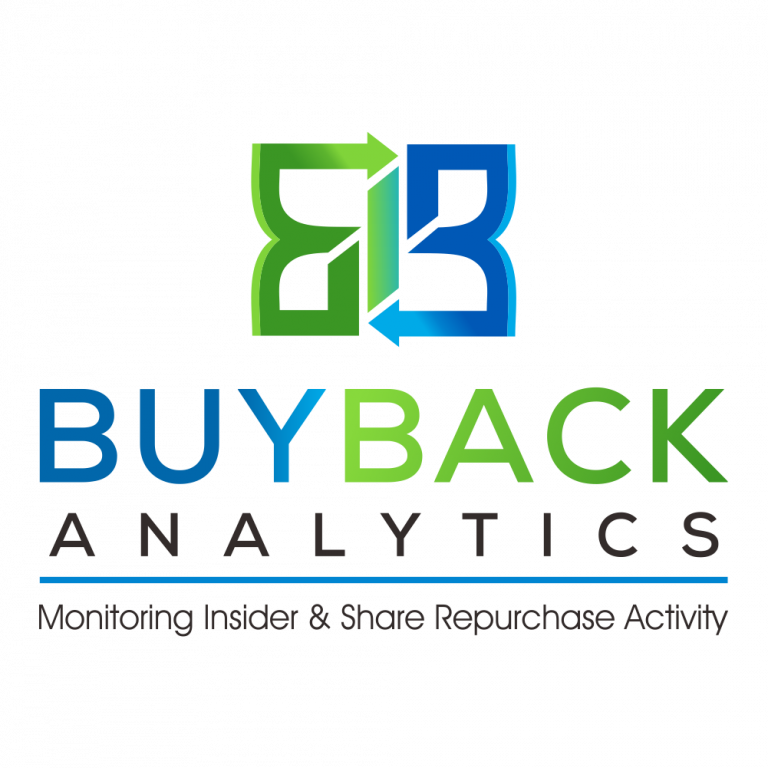Why Stock Buybacks Are Dangerous for the Economy
Updated: August 2025
Why Stock Buybacks Can Be Dangerous for the Economy (and What to Watch)
Stock buybacks are back in the spotlight. They can be a useful capital‑return tool, but when they’re overused—or funded with too much debt—they can amplify vulnerabilities across the economy.
The Macro Risk: Fragility in a Downturn
When companies prioritize large, continuous repurchases, they may reduce the cash and flexibility they need in a slowdown. If profits fall, a highly levered balance sheet plus ongoing buybacks can force cutbacks in workers, R&D, or long‑term investment—pulling demand out of the economy when it’s needed most.
Capital Allocation Trade‑offs
Every dollar used for buybacks isn’t going to wages, productivity investment, or resilience (inventory, supply chain, and cyber). Over time, chronic underinvestment can depress productivity growth and wage gains, widening dispersion between firms that invest and firms that don’t.
EPS Engineering & Incentives
Buybacks reduce share count, boosting EPS even without real operating improvement. If executive pay is tied heavily to EPS, repurchases can become an earnings‑management tool rather than a shareholder‑value tool—distorting incentives and crowding out better projects.
Debt‑Financed Repurchases
Borrowing to fund buybacks can be rational when cash flows are durable and rates are low; it’s risky when cash flows are cyclical. Leverage adds pro‑cyclical fuel in expansions and accelerates stress in contractions, with spillovers to credit markets and employment.
Market Structure Effects
Persistent buybacks can shrink public float and reduce liquidity, which may magnify price swings in periods of stress. Lower float can also concentrate ownership, increasing sensitivity to institutional flows.
A More Balanced Take
Buybacks aren’t inherently “bad.” Used prudently—after funding positive‑NPV projects, a resilient balance sheet, and a sustainably competitive wage bill—they can lower the cost of capital and return excess cash efficiently. The danger comes from timing, scale, and funding mix.
What Investors Should Track
-
Free cash flow vs. buyback spend (is the program self‑funded?)
-
Leverage & interest coverage before and after repurchases
-
R&D and capex trend (are they being maintained or cut?)
-
Share‑count reduction vs. headline authorization size
-
Cyclicality of revenues (higher risk if earnings are volatile)
-
Insider activity (do insiders buy alongside buybacks?)
Bottom Line
Buybacks can reward shareholders—or raise systemic fragility—depending on how they’re executed. In 2025, with uncertain growth and tighter financing conditions, the quality of execution matters more than the quantity of authorization.
About BuyBack Analytics
We track actual repurchase execution (not just announcements) and overlay insider activity so you can separate signaling from substance. Create a free account to get real‑time alerts and verify when buybacks truly reduce float.
